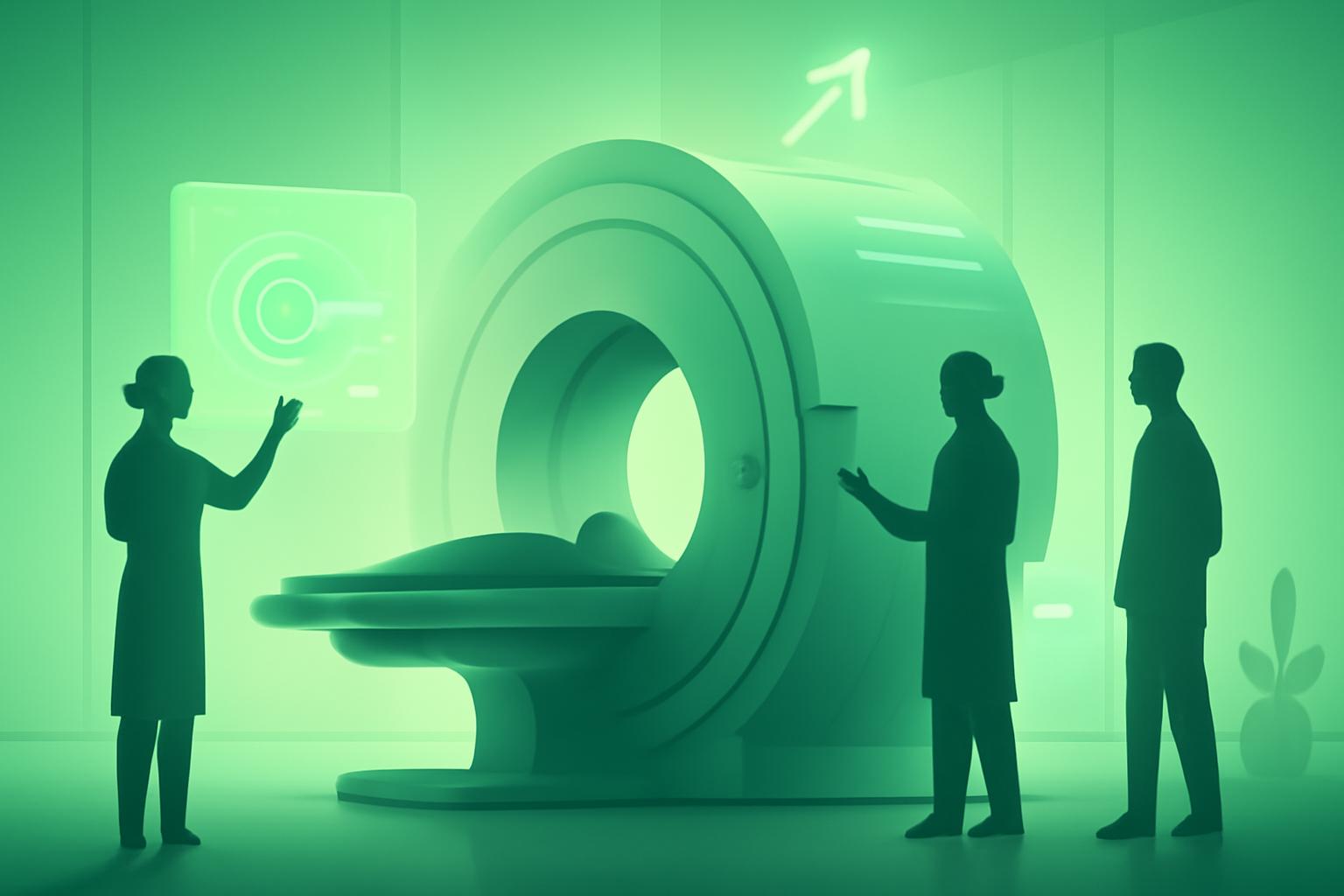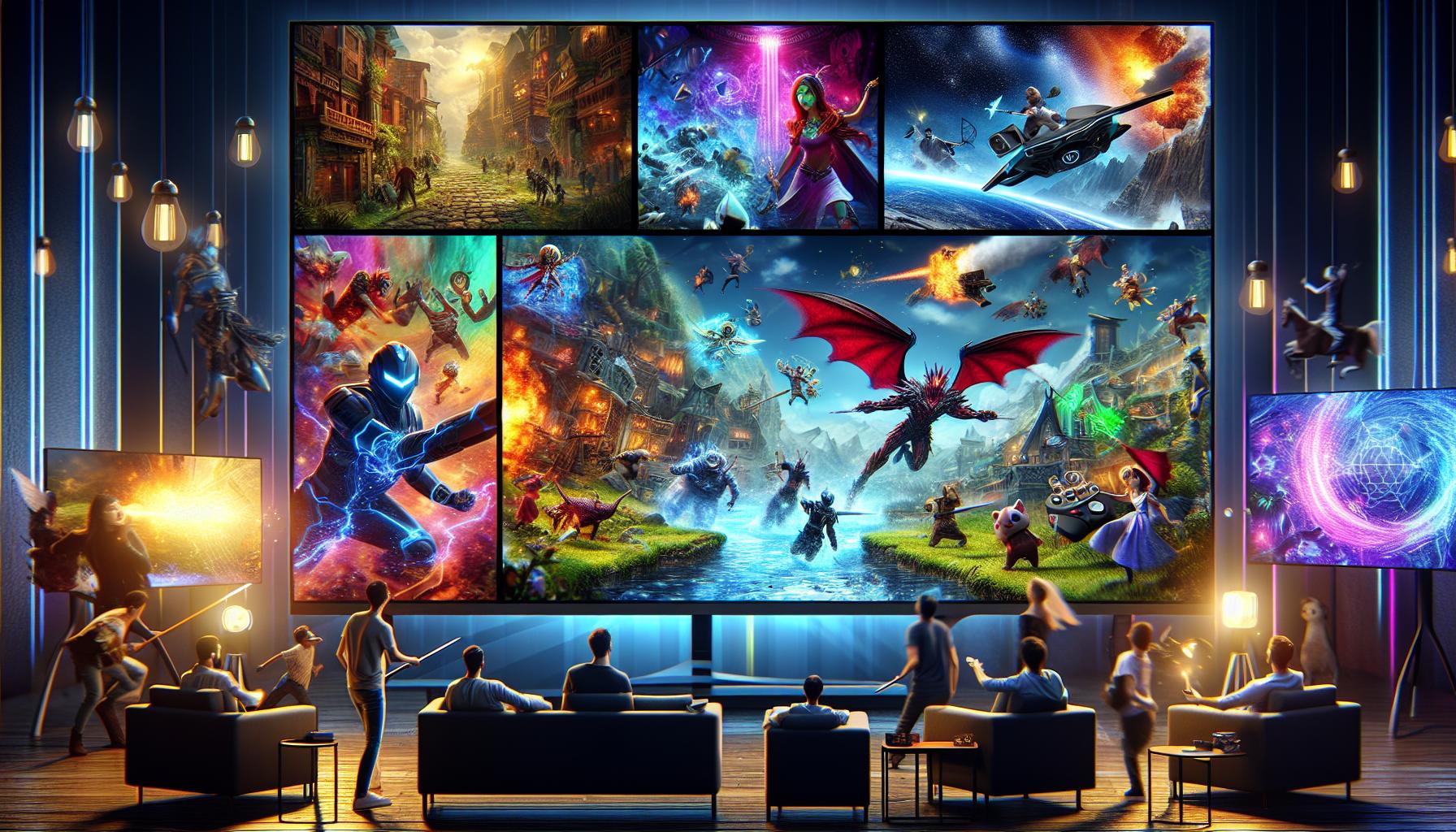Chipiron’s Approach to Revolutionizing MRI Accessibility
Medical device funding has surged back to levels unseen since 2021, with billions of dollars flowing into diagnostics and imaging startups. Despite rapid innovation, a significant challenge persists: MRI machines, vital for diagnostic imaging, remain prohibitively expensive—costing millions—and are largely confined to major hospitals. Paris-based startup Chipiron, led by founder and CEO Evan Kervella, is addressing this fundamental issue by reimagining how MRI technology can be accessed. Rather than replacing existing MRI hardware, Chipiron’s solution focuses on expanding accessibility to these critical machines.
The Challenge of MRI Access
MRI machines represent some of the most expensive equipment in healthcare, with costs running into millions of dollars. This financial barrier restricts their presence to large hospitals, limiting access for many patients and smaller medical facilities. The consequence is a bottleneck in diagnostic imaging availability, which can delay critical diagnoses and treatment. The question Chipiron seeks to answer is how to make MRI technology accessible beyond these traditional constraints.
Chipiron CEO Evan Kervella on the Vision
In a recent discussion on TechCrunch’s Equity podcast, Evan Kervella elaborated on Chipiron’s strategy. Instead of developing new MRI machines to replace existing ones, the startup is innovating on how to optimize and extend the use of current hardware.
“Our goal is to rethink MRI access by leveraging the infrastructure already in place, making the technology available anywhere without the need for costly replacements,” Kervella stated. This approach could significantly reduce costs and logistical barriers, allowing smaller clinics and remote locations to benefit from MRI diagnostics.
Broader Industry Context
The medical device sector is currently experiencing a robust influx of capital, particularly in diagnostics and imaging. However, the fundamental challenges of hardware cost and accessibility remain largely unaddressed by many players. Chipiron’s model represents a pragmatic and potentially transformative solution by focusing on accessibility and optimization rather than hardware replacement, aligning with broader healthcare goals of affordability and patient reach.
FinOracleAI — Market View
Chipiron’s innovative approach to MRI accessibility addresses a critical pain point in medical imaging: the high cost and limited availability of MRI machines. By enhancing access without replacing existing hardware, the startup could unlock significant value in healthcare diagnostics.
- Opportunities: Expanding diagnostic capabilities to underserved regions, reducing costs associated with MRI deployment, and accelerating diagnosis timelines.
- Risks: Integration challenges with existing MRI infrastructure, regulatory approvals, and scaling the technology across diverse healthcare systems.
Impact: Chipiron’s strategy has the potential to democratize MRI access globally, improving patient outcomes by making advanced imaging more widely available and affordable.













